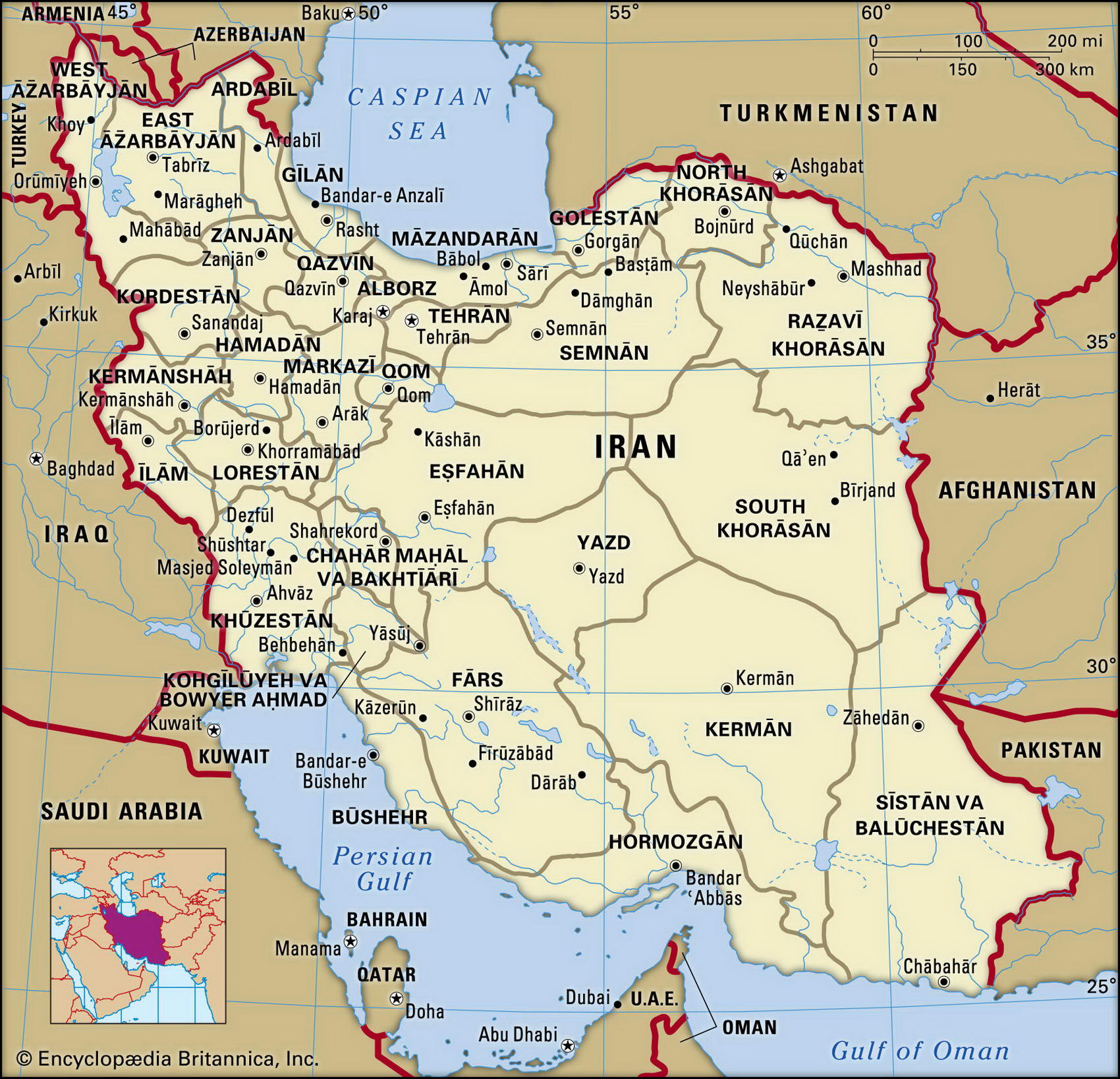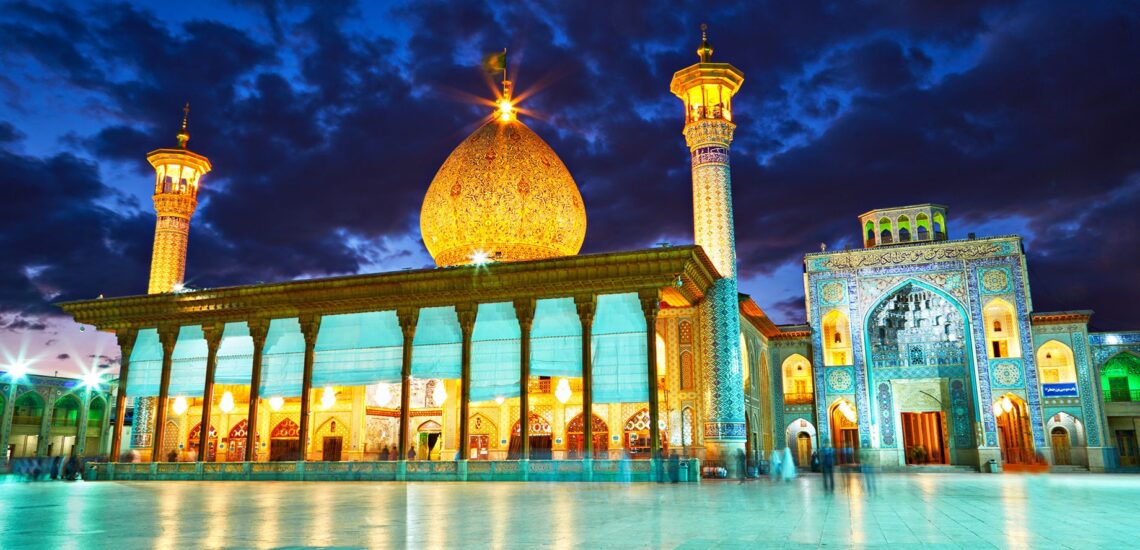When you look at a map of Asia, the way Iran and Pakistan sit side-by-side really tells a story. It's almost as if these two nations, with their long, shared border, are constantly interacting, geographically speaking. This close proximity, you know, means they share more than just a line on a map; they share landscapes, historical pathways, and, in some respects, even some challenges. So, understanding the geography visible on Iran Pakistan maps can really help us see a bigger picture of this important part of the world.
Iran, for instance, is a truly ancient place, a cradle of civilization that was inhabited by various groups long before many other parts of the world even had settled communities. It's a country that maintains a very rich and distinctive cultural and social continuity, dating back for ages. The nation itself is divided into five regions, with 31 provinces, and Tehran, its capital, is that very large, busy city that also serves as its financial heart. It's a mountainous, arid, and ethnically diverse country, too, which you can often see reflected in its different regions.
And right next door is Pakistan, a country that also boasts its own deep history and diverse landscapes. The border between them, which stretches for hundreds of miles, connects these two significant nations of southwestern Asia. This connection, naturally, leads to all sorts of interesting geographical features and, you know, human interactions across the land. It’s pretty fascinating to consider what these maps reveal about their shared environment and the pathways people have traveled for centuries.
Table of Contents
- Geographical Overview
- Key Features on Iran Pakistan Maps
- Human Connections and Cross-Border Movements
- Understanding Regional Dynamics Through Maps
- Frequently Asked Questions
Geographical Overview
Looking at Iran Pakistan maps really gives you a sense of the vastness and the different kinds of land that exist in this part of the world. Both countries, you know, have some truly striking natural features that shape how people live and move around. It's not just flat land, not at all; there are mountains, deserts, and even some coastal areas that are quite important.
Iran's Distinctive Landscape
Iran, as we've seen, is a very mountainous place, which you can clearly spot on any good map. These mountains are not just pretty to look at; they've played a big part in shaping Iran's history and its various cultures. The country is also, by its nature, quite arid, meaning it doesn't get a lot of rain. This aridity, in a way, makes water a very precious resource, and it’s something that has been a concern for a long time. For example, water reservoirs near the capital, Tehran, are approaching critical lows, which shows just how serious the drought situation is there right now. This is a very real challenge that the land itself presents.
Pakistan's Varied Terrain
Pakistan, on the other hand, also shows a wide variety of terrain when you look at its maps. It has some of the world's tallest mountains in its northern parts, vast plains in the center, and then a coastline along the Arabian Sea. This mix of high peaks, flatlands, and sea access means that Pakistan's geography is, you know, pretty diverse. It supports different kinds of life and different ways of living, which is quite interesting to observe.
The Shared Frontier
The border between Iran and Pakistan is a long one, extending for about 900 kilometers, or roughly 560 miles. This frontier, you know, runs through some pretty rugged and sparsely populated areas, mostly desert and mountain ranges. It's a place where the physical land itself can be quite a challenge for travel and communication. The maps show this very clearly, highlighting the remote nature of much of this shared boundary. It's a bit of a wild area, really.
Key Features on Iran Pakistan Maps
When you really study Iran Pakistan maps, you start to notice some repeating patterns and significant natural features. These features are not just random; they often dictate where towns are built, where roads run, and how people interact with the land. They are, you know, pretty important for understanding the region.
Mountain Ranges That Connect and Divide
Both Iran and Pakistan are home to significant mountain ranges that, in some ways, both connect and separate them. The Balochistan plateau, for instance, spans across both countries, meaning the same kind of rocky, high ground is found on both sides of the border. These mountains, you know, have historically been pathways for traders and travelers, but they can also act as natural barriers, making some areas quite isolated. It's a classic example of how geography can be a double-edged sword, so to speak.
Deserts and Arid Stretches
Given that Iran is an arid country, it's no surprise that large desert areas are prominent on its maps, and these extend into Pakistan too. The Dasht-e Lut in Iran and parts of the Thar Desert in Pakistan, while not directly bordering, show a shared characteristic of dry, harsh environments. This means that both nations, you know, face similar issues with water scarcity and managing life in very dry conditions. Iran, as we mentioned, is facing one of its most severe droughts in recent history, and this kind of challenge is something that, in a way, connects the two lands through their shared environmental concerns.
Waterways and Coastal Areas
While the border region itself is quite dry, both Iran and Pakistan have important coastal access. Iran has a long coastline along the Persian Gulf and the Gulf of Oman, which is very important for its trade and maritime activities. Pakistan, too, has a significant coastline along the Arabian Sea. These coastal areas, you know, are vital for their economies and their connections to the wider world. While the border is inland, the sea provides another dimension to their geographical relationship, offering different pathways for interaction.
Human Connections and Cross-Border Movements
Maps aren't just about mountains and rivers; they also show us where people live, where cities are, and how they connect. The human element, you know, is a huge part of what makes Iran Pakistan maps so interesting. People have been moving across this land for a very long time, creating a rich tapestry of interactions.
Cultural Threads Across the Border
Because Iran has such a rich and distinctive cultural and social continuity dating back centuries, it's natural that some of these cultural influences have, you know, spread across its borders. In areas of Pakistan close to Iran, you can find shared cultural practices, languages, and even historical narratives. This is especially true in the Balochistan region, which is home to the Baloch people, who live on both sides of the frontier. It shows how people, despite lines on a map, often share a common heritage, which is quite lovely.
Economic Pathways and Trade
The maps also show us the routes that goods and people take. While the border region is challenging, there are still, you know, established pathways for trade between Iran and Pakistan. These routes, often through mountainous passes or arid plains, are vital for local economies and for the broader relationship between the two countries. There are efforts to improve these connections, such as road projects, which aim to make it easier for goods to move across the border. It's all about making life a little bit easier for everyone involved.
Challenges and Opportunities for Cooperation
The shared geography, you know, also brings shared challenges. Things like managing water resources, especially with Iran facing severe droughts, or dealing with cross-border security issues are real concerns. However, these challenges also create opportunities for cooperation. Both nations, for example, could work together on water management strategies or on improving border security. Maps, in a way, highlight these areas where joint efforts could really make a difference for the people living there. It's a chance to build something together.
Understanding Regional Dynamics Through Maps
Looking at Iran Pakistan maps isn't just about identifying places; it's about understanding the bigger picture of why this region matters. The geography, you know, often dictates the strategic importance of an area and how different events unfold. It's a pretty big deal.
Strategic Importance of the Region
The location of Iran and Pakistan, sitting between the Middle East and South Asia, gives them a very significant strategic position. This area is, you know, a crossroads for trade, culture, and, sometimes, even conflict. The proximity to vital shipping lanes and energy resources makes the region inherently important on a global scale. When you see it on a map, you can really appreciate how central these two countries are to the wider Asian continent. It's quite a spot to be in.
Recent Happenings and Their Geographical Impact
Current events, like the warnings issued by Iran's top commanders to the United States and Israel, can sometimes have geographical implications, even if they don't directly involve the Iran-Pakistan border. These kinds of statements, you know, often highlight the broader security concerns in the region, which can influence how countries interact and how borders are managed. Maps can help us visualize the distances and the potential areas of impact, giving us a better sense of the scale of things. For the latest news from Iran as it happens, you can get updates from various news sources, which is pretty useful.
Frequently Asked Questions
People often have questions when looking at Iran Pakistan maps, so let's address a few common ones. It's helpful to get these clear, you know, for a better understanding.
Is there a direct road link between Iran and Pakistan?
Yes, there are a few border crossings that allow for road travel between Iran and Pakistan. These routes, you know, mostly go through the Balochistan region on both sides, and they are important for trade and for people moving between the two countries. They might not always be super smooth roads, but they are there.
What kind of climate is shared along the Iran-Pakistan border?
The climate along the shared border is, you know, generally very arid or semi-arid. This means it's often dry, with hot summers and mild winters, and not a lot of rainfall. It's a challenging environment for agriculture and for sustaining large populations, which is something both nations have to deal with in that area. It's pretty tough land, actually.
What major cities are close to the Iran-Pakistan border?
On the Iranian side, cities like Zahedan are relatively close to the border. On the Pakistani side, cities like Taftan and Turbat are important points. These cities, you know, often serve as hubs for cross-border trade and for people traveling between the two countries. They are the main population centers in what is otherwise a pretty vast and empty border region. To learn more about geographical connections on our site, and for more specific details, you can also link to this page here.



Detail Author:
- Name : Scot Greenfelder
- Username : ncarroll
- Email : cora92@hotmail.com
- Birthdate : 1999-02-27
- Address : 70306 Lilyan Meadows North Emelieberg, IN 67697
- Phone : (225) 474-3721
- Company : Sipes-Crooks
- Job : Housekeeper
- Bio : Veniam tempora et et id possimus. Quo accusamus voluptatum ut harum. In quod adipisci ut quia. Aut eius necessitatibus odio ut soluta qui.
Socials
twitter:
- url : https://twitter.com/nreilly
- username : nreilly
- bio : Saepe et incidunt doloribus eaque debitis laboriosam. Vel et aut voluptatem ab ex porro id.
- followers : 6006
- following : 2543
facebook:
- url : https://facebook.com/nreilly
- username : nreilly
- bio : Consectetur quasi et qui deserunt accusantium voluptatibus totam.
- followers : 5716
- following : 2990
tiktok:
- url : https://tiktok.com/@natalie_xx
- username : natalie_xx
- bio : Eaque a ab aperiam et. Aut neque aut id aliquam quaerat iste ut.
- followers : 2778
- following : 1228